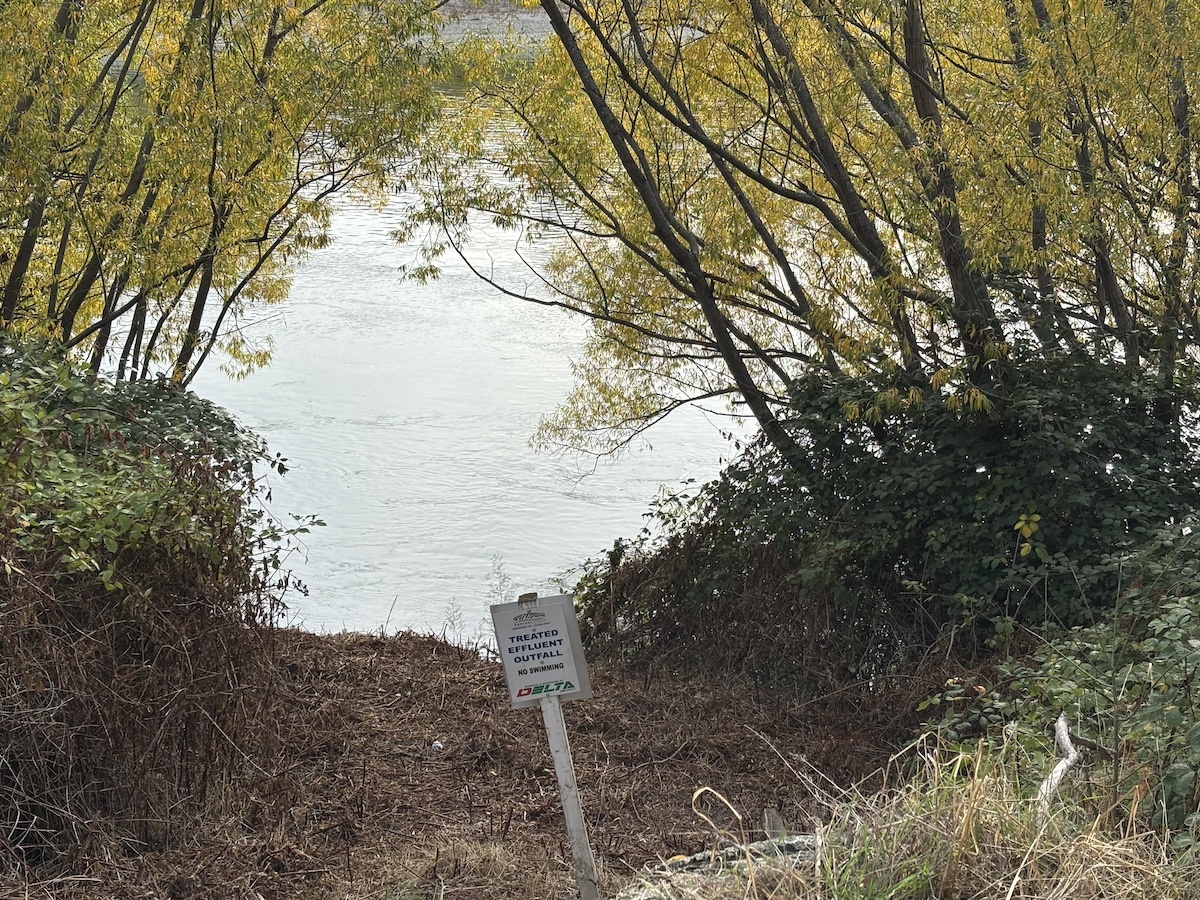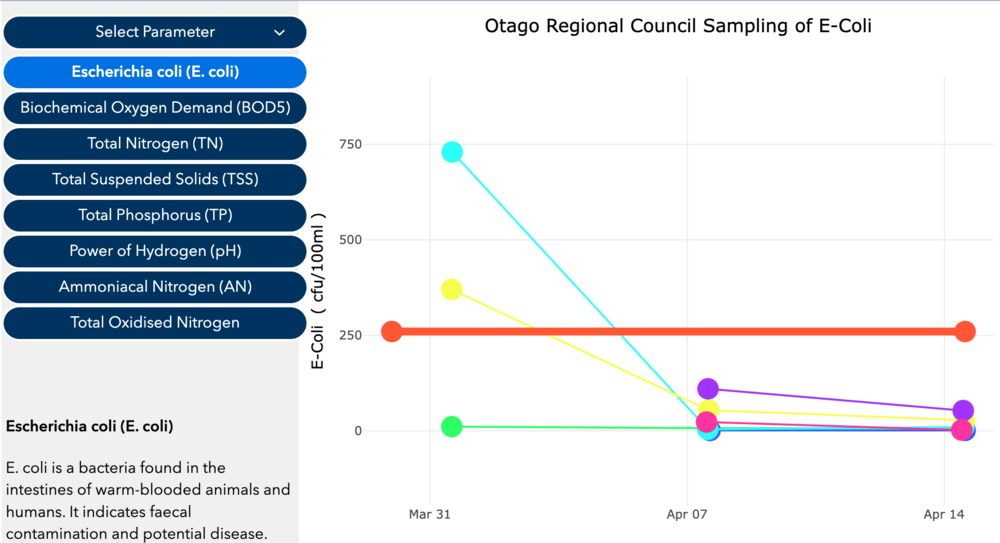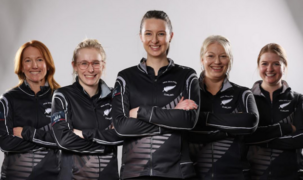All eyes on treated effluent discharges into Central Otago waterways
Aimee Wilson
28 April 2025, 5:45 PM
 Treated effluent from Alexandra’s wastewater plant is discharged into the Clutha River, south of the bridge. CENTRAL APP PHOTO.
Treated effluent from Alexandra’s wastewater plant is discharged into the Clutha River, south of the bridge. CENTRAL APP PHOTO.Central Otago and Queenstown Lakes communities have been consulted on whether they want councils to continue discharging treated effluent into waterways.
The Central Otago District Council also made a submission on new draft wastewater environmental standards released by Water Services Authority–Taumata Arowai. The public consultation period closed on April 24.
Data released from the district council last week showed Alexandra’s wastewater treatment plant was discharging 1200 cubic metres of treated effluent into the Clutha River every day, compared to Queenstown’s 12,000-24,000cu/m into the Shotover.
Cromwell operated under a discharge to water consent as well, but not directly into the Clutha River/Mata-Au, and only released 1700cu/m of its 4400cu/m -7500cu/m limit.
Concerns have been raised by some local government leaders about the high levels of non-compliance across all councils - particularly in Queenstown, and questions have been asked about whether the issue was being taken seriously enough.
But latest water quality monitoring downstream of the Shotover River that fed into the Kawarau and onto the Clutha, has showed decreasing levels of E.Coli from the emergency discharge consent - recently issued by the Otago Regional Council.

Central Otago Deputy Mayor Neil Gillespie told the district council at its last meeting, that while it seemed a huge number from Queenstown, the dilution factor was going to be significant, and that was also backed by Three Waters group manager Julie Muir.
The CODC operated seven reticulated waste water reticulated treatment plants (WWTP) under eleven main discharge consents - the Queenstown Lakes District Council had four, with the same number of discharge consents (two currently not active).
Regional council staff gave a report for the past year across Waitaki, Clutha, Central Otago, Queenstown Lakes and Dunedin councils, which showed high levels of non-compliance across all districts.
There were a total of 21 significant non-compliance, 11 moderate, and nine low risk during the reporting period.
Clutha was high, along with Queenstown, but since January, Central Otago’s wastewater consents have been back on track.
The QLDC recently admitted publicly it was continuing to risk overflows from its disposal field, which were becoming too much of a health risk.
Discharging treated water into the Shotover River was the best outcome in the meantime, until a new disposal option could be found - up to 4 to 5 years.
Dr Sara McFall of Taumata Arowai, said the proposed standards would require councils to consistently monitor and report on their wastewater performance in key areas.
“The transparency this provides would enable operators and the sector to identify improvement opportunities and also ensure that communities are aware of the environmental impact of this infrastructure and any risks to public health.”
Do you have a story idea? contact us [email protected]





